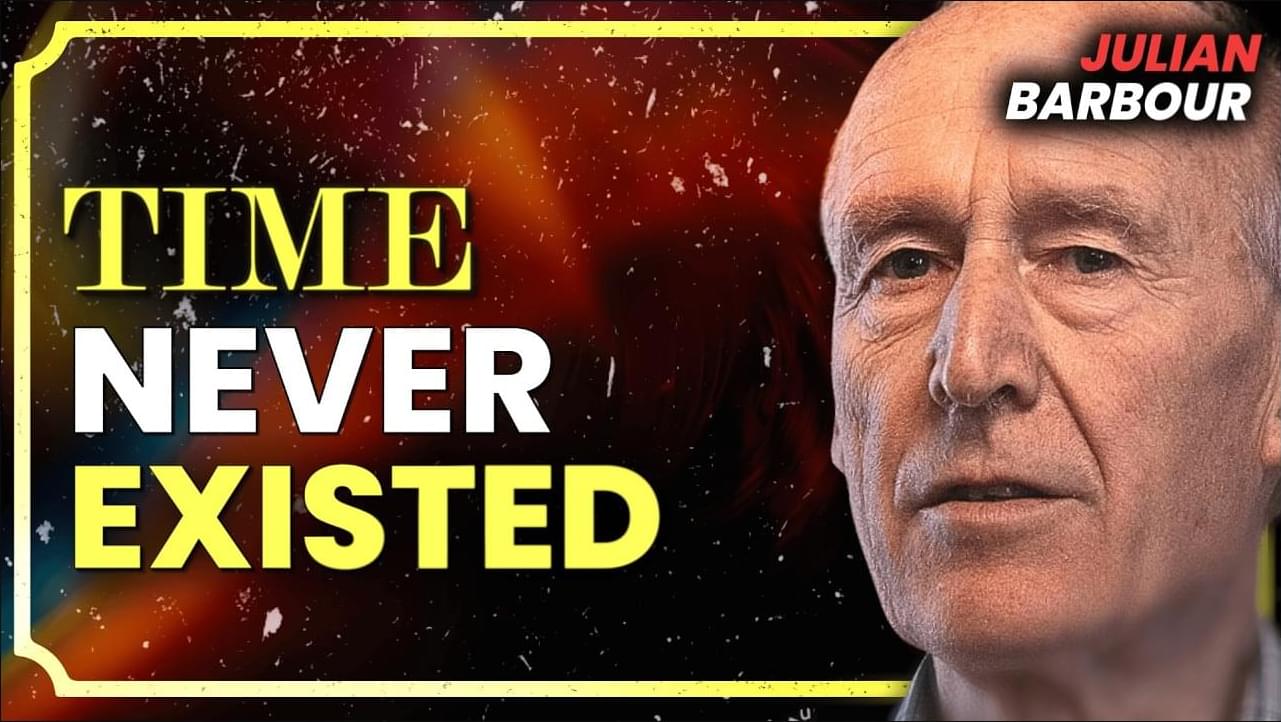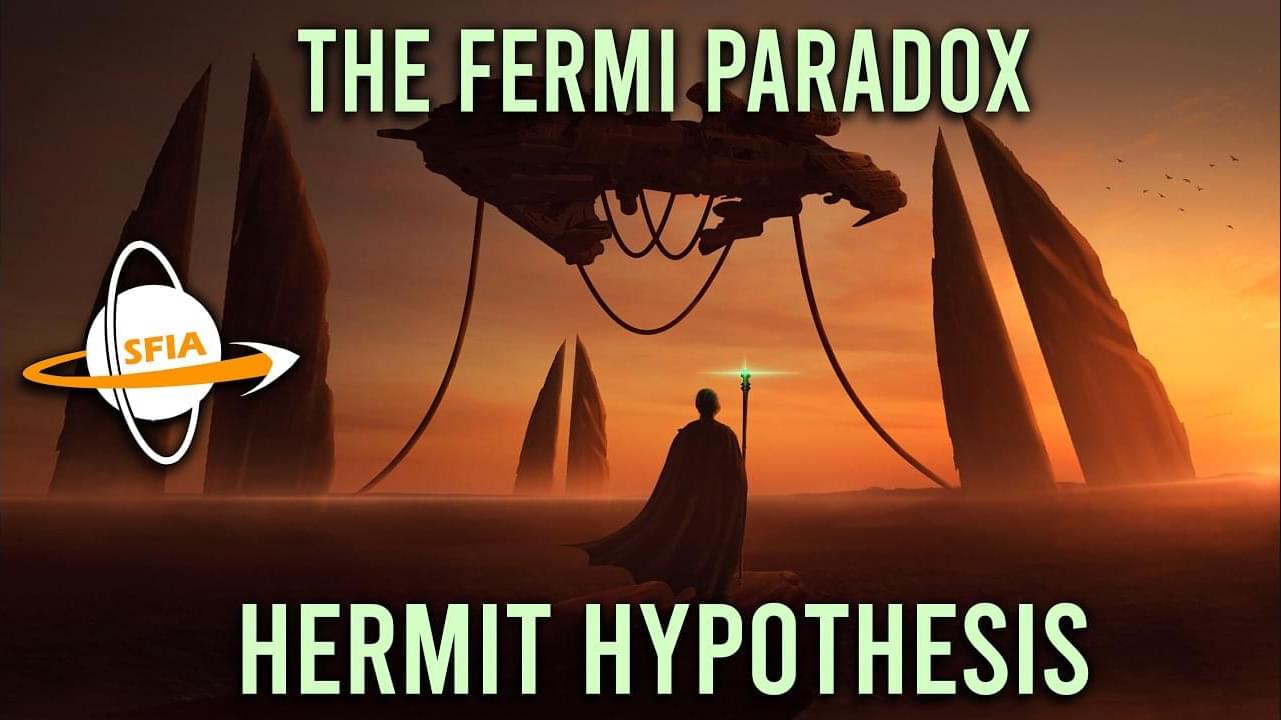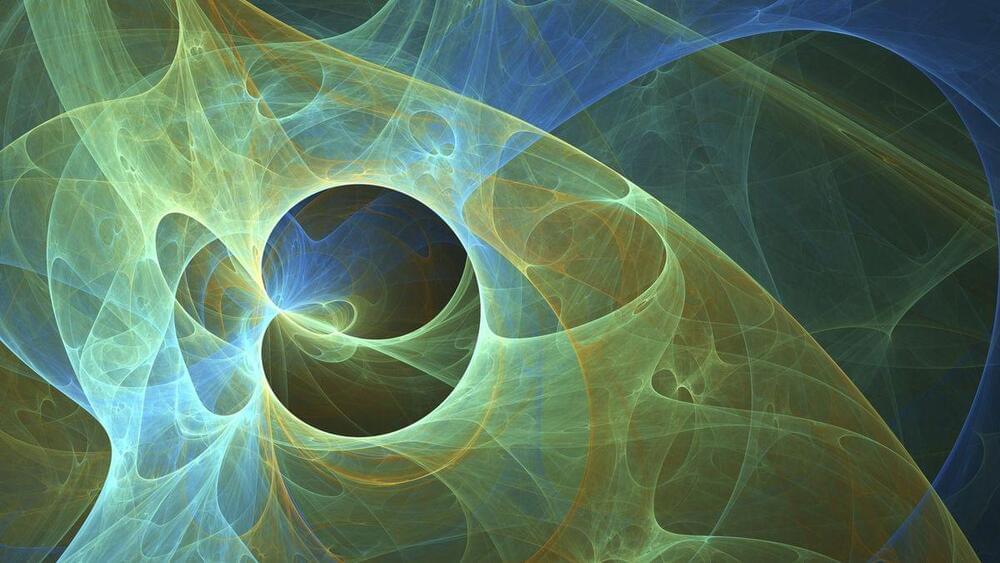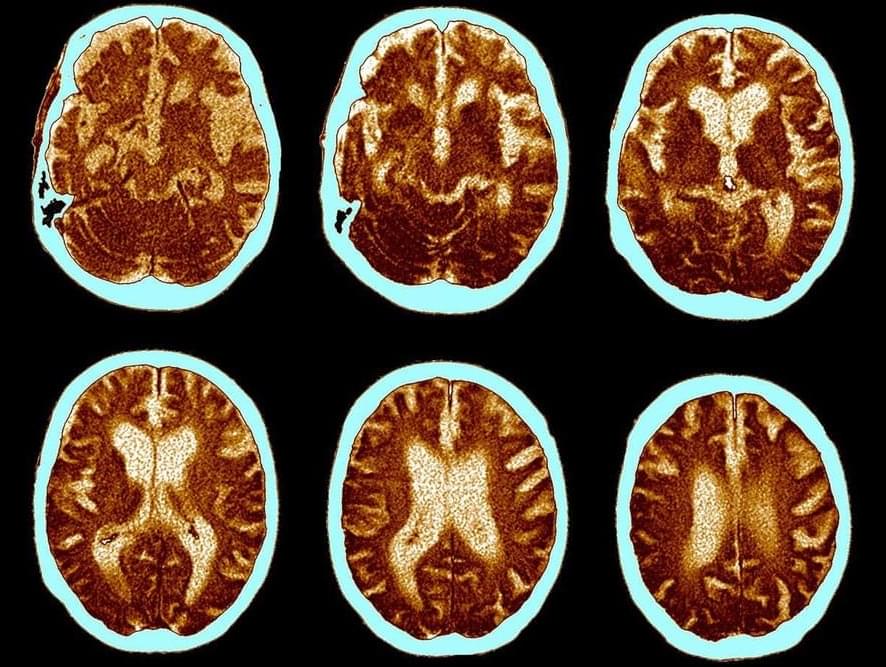In science fiction we often see immense starships attacking planets, crushing or besieging them, but in our own future we may deploy powerful orbital fortresses to defend our world.
Watch my exclusive video The Fermi Paradox Hermit Shoplifter Hypothesis: https://nebula.tv/videos/isaacarthur–…
Get Nebula using my link for 40% off an annual subscription: https://go.nebula.tv/isaacarthur.
Get a Lifetime Membership to Nebula for only $300: https://go.nebula.tv/lifetime?ref=isa…
Join this channel to get access to perks:
/ @isaacarthursfia.
Visit our Website: http://www.isaacarthur.net.
Join Nebula: https://go.nebula.tv/isaacarthur.
Support us on Patreon: / isaacarthur.
Support us on Subscribestar: https://www.subscribestar.com/isaac-a…
Facebook Group: / 1583992725237264
Reddit: / isaacarthur.
Twitter: / isaac_a_arthur on Twitter and RT our future content.
SFIA Discord Server: / discord.
Credits:
Orbital Defense Platforms.
Episode 423b; December 3, 2023
Produced, Written \& Narrated by: Isaac Arthur.
Graphics:









